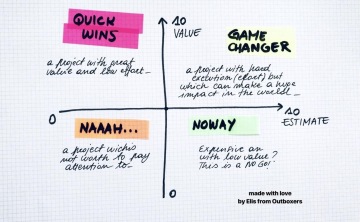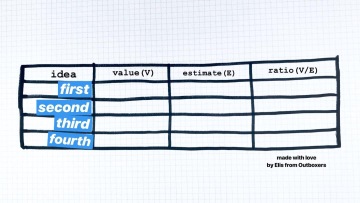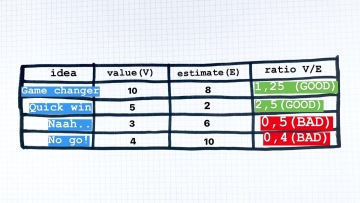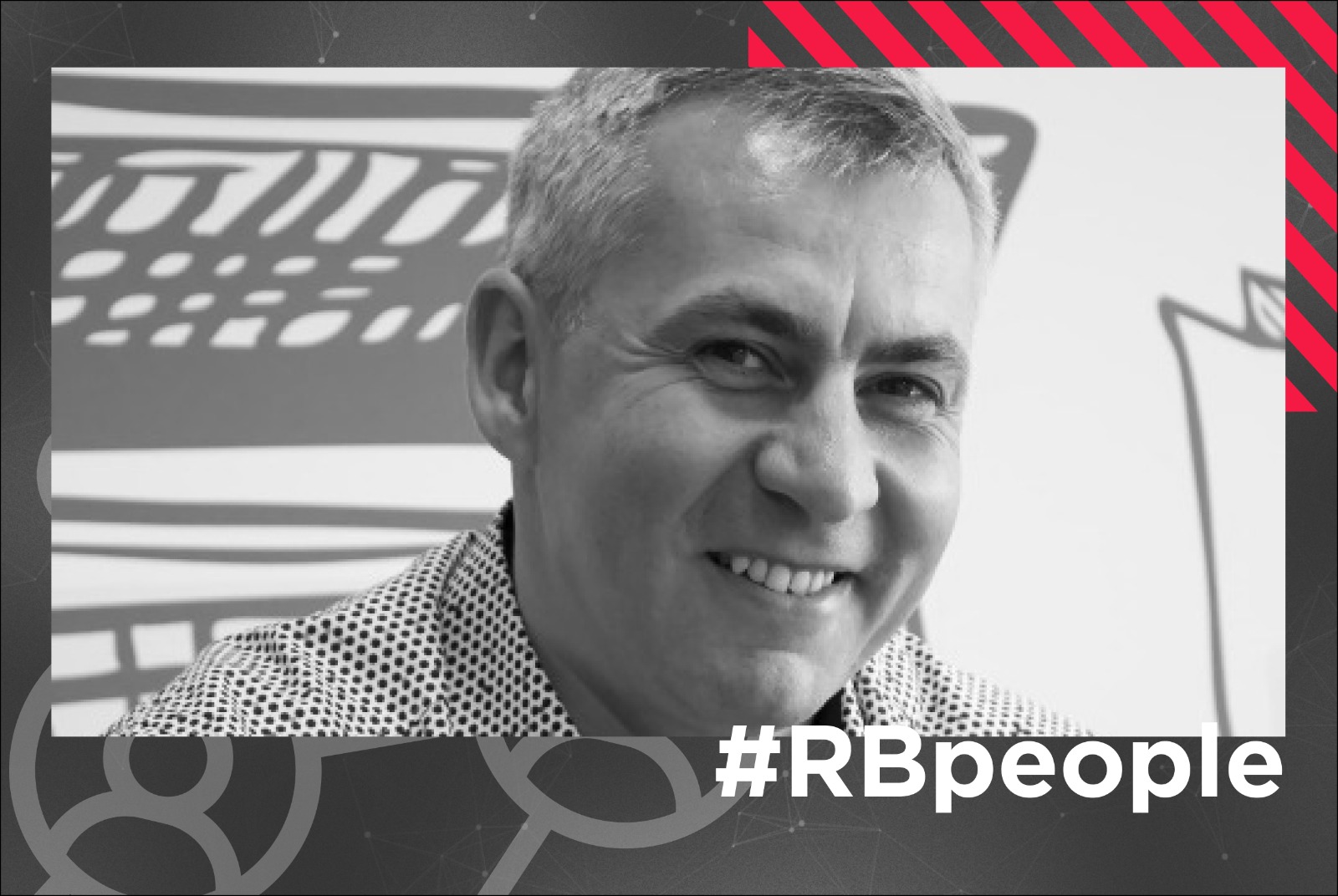
Playing poker may not be stressful.
Familiar with the moments when….
- Only the top management made quite important decision without getting information from the executive team?
- When somebody fell in love with his idea no matter what?
- When they're quite an extraverts on the meeting so introverts have no chance to tell their opinion?
Although we can see the bigger picture behind each strategic move, we know we need the team when it comes to big choices: they are aware of the details.
Strategic decision making should simply be a group activity.
How do you avoid subjective biases and collectively decide what (not) to do?
Play priority poker.
It helps us organize and prioritize ideas to make the best possible decisions.

So what do you need to play it?
- The team — anyone who is relevant in helping to make decisions. The ideal number of players is from 3 to 8 + the facilitator
- Backlog of ideas, potential projects, activities, whatever you’ll need to decide about
- Time — around 15 minutes for introduction and sync + 10 to 15 minutes per idea
- Priority poker cards pack — one PP cards package for each participant.
You can download it here.
Before you start
- Give everyone a pack of cards. There are 12 cards in total: those with numbers from 1 to 10, with a question mark and a coffee card. (Question Mark: Use this card when you are not sure about what to chose/Coffee card: let’s have a (coffee) break!)
- Choose a moderator — the responsible person that will lead the whole activity.
- Prepare a simple table with these 4 columns:

- Name of the project/activity
- Value Added — what the potential idea brings to you and/or the users
- Estimate — what it requires to execute the idea
- Score — This is how you score:
Value: The idea with the biggest value get a 10.
Estimate: the idea which requires the lowest effort to excute it gets a 1
How to play it?
- Before you start, clarify, what number 1 and what number 10 means for you as a team. Based on our experience, people are not always calibrated as a group. The best way is to use some examples familiar to all members of the team (e.g. your previous projects or famous startups/companies/products)
- Introduce an idea — explain what the idea is as objectively as possible, what it requires to execute it, critical spots and its benefits
- It's time to vote for the business value. Let all the people secretly choose one card from the pack (don’t show the card until all the people choose their card/number)
- Show the cards — all members should have cards within a range. It means you are all on the same page. When someone displays an extreme from the range, therefore disagrees from the majority of the group, it is time to discuss his/hers motivation and vote again. You should now be on the same page.
- Repeat the process to vote for the estimate
- Write the average into the table
The Holy Grail is in the discussion.

So how to evaluate and decide what to do?
The evaluation part is quite simple — anything with the score of 1 or higher is worth doing (i.e. it has bigger value then estimate). Anything between 0 and 1 is not worth doing. But you can be more or less strict for sure, it's completely up to you.

. . .
One more thing — do you need the cards for it? You can download our here.
Thank you and happy decision making!






